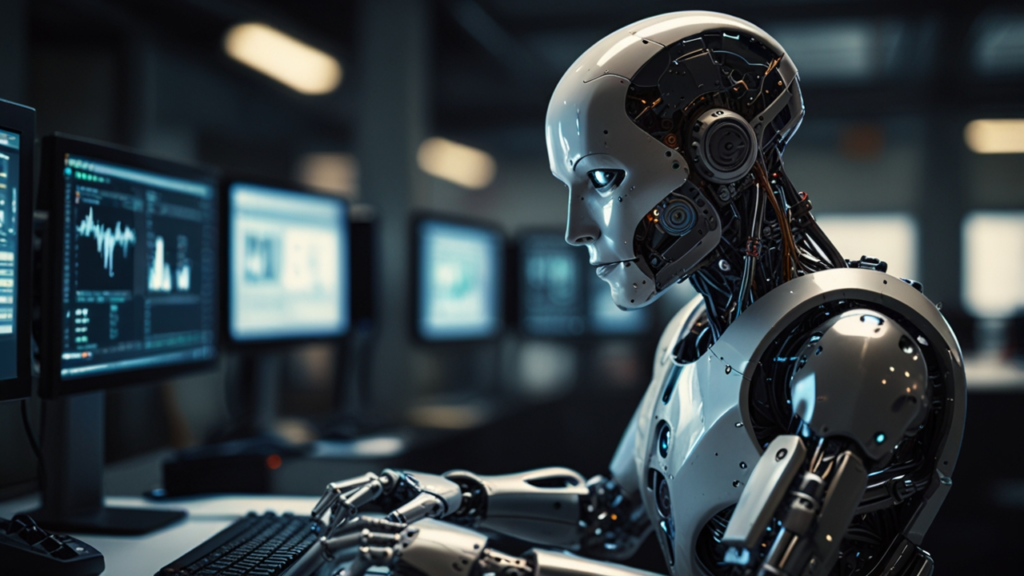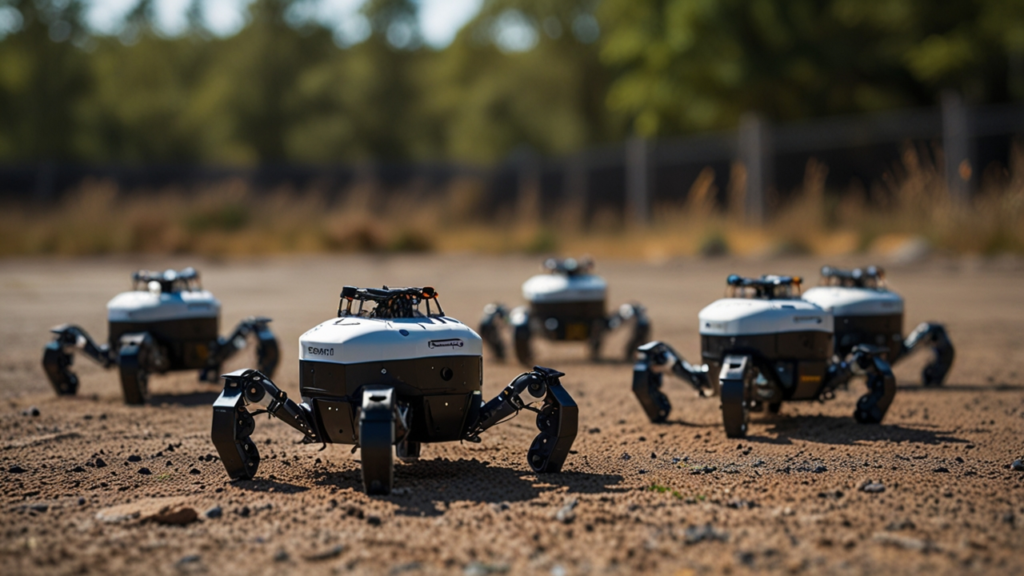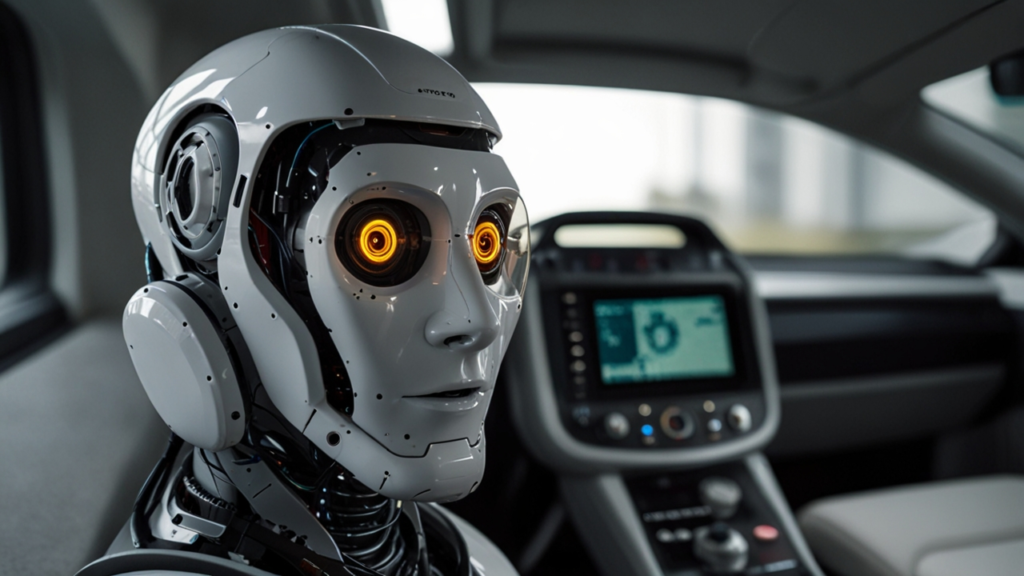Telepresence Robots: 6 Communication Advantages
Telepresence Robots enable remote physical presence and interaction through robotic avatars that facilitate communication and collaboration across distances. This guide examines 6 communication advantages: 1) Physical presence simulation, 2) Real-time interaction capability, 3) Mobility and navigation features, 4) High-definition video communication, 5) Remote collaboration tools, 6) Multi-location connectivity.









